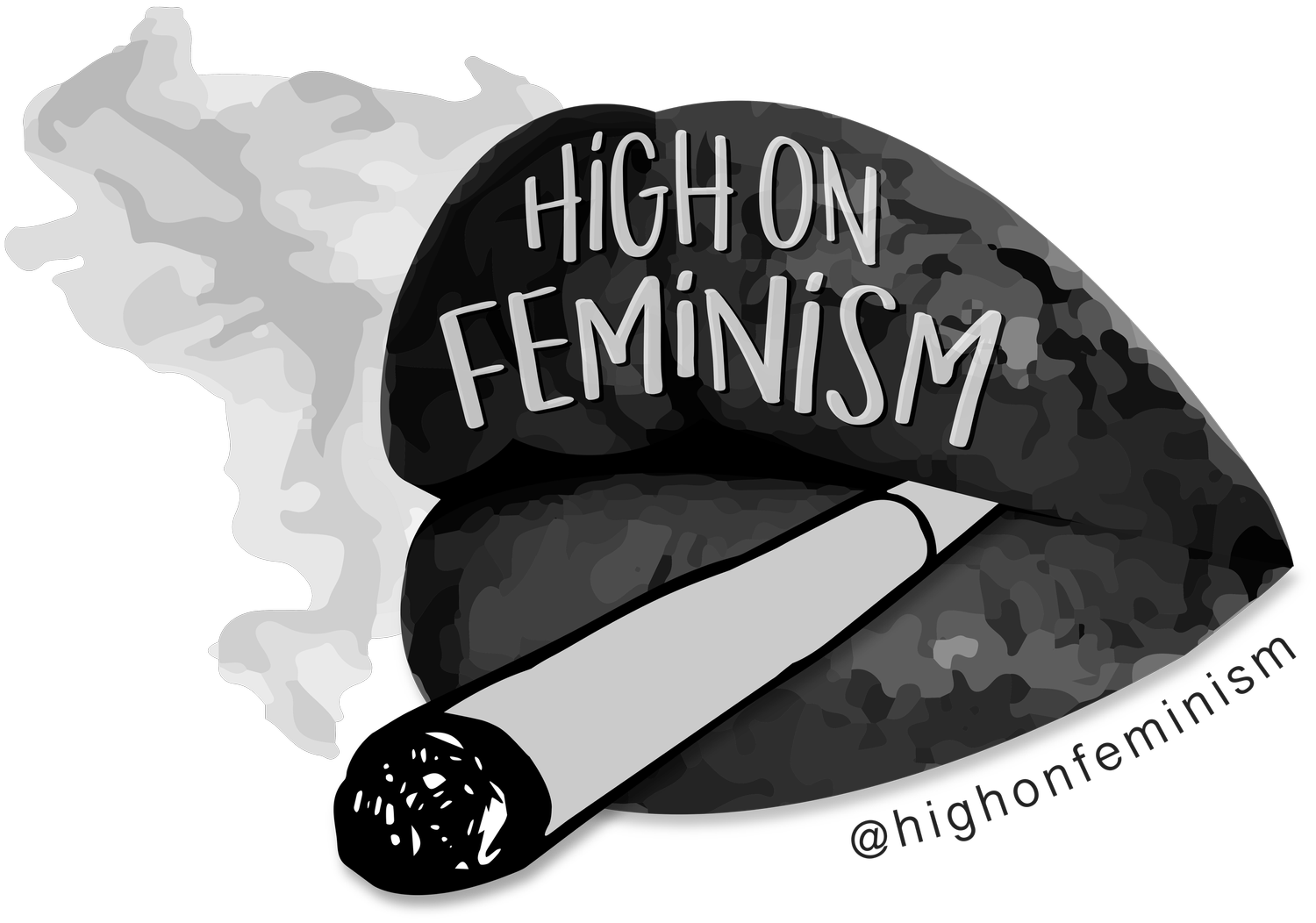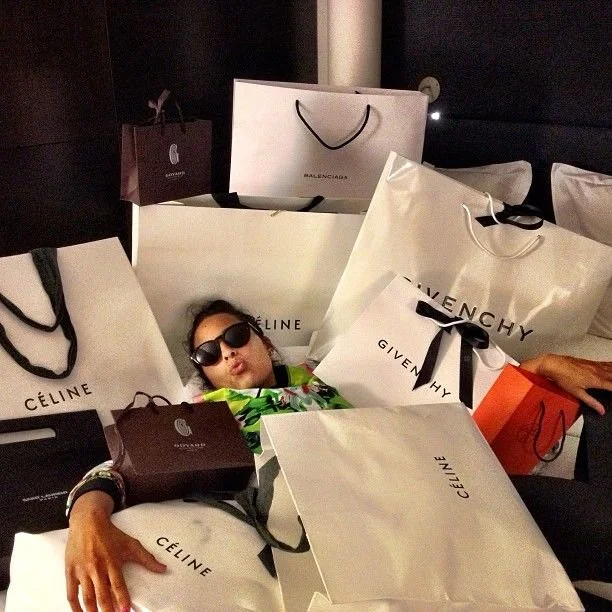BRANDS!
Photo via Pinterest: Lauren Briscoe
I stole my boyfriend’s black corduroy cap with a white “S” stitched on the front over winter break, and wore it whenever my hair was a mess. Including our visit to the Silverlake flea market with our friends (important note for the narrative: our high school “band” was called Commie Mommy). I didn’t think twice about the hat until we were bombarded by a seller insisting that we take a look at his stash of “box logos”.
What the fuck is a “box logo”? Apparently, my hat is branded by Supreme, a hyped up “lifestyle brand” based in NYC, and the seller was hoping I was some Supreme devotee. I was a bit embarrassed to be sporting it; to be associated with the garish red box, and subsequently, the group of stoner skaters from my high school. I reflected on the brands I didn’t want to associate myself with, and the brands that I DID want to associate myself with, and why.
I’ve always loved the Glossier brand. They’re clean, cruelty-free, unique, and had great customer service. I also guess they were pretty popular, but they still managed to make me feel special for buying their products. Let’s be honest here, I worshiped them. Then came the downfall of the brand. In Jessica Ferri’s exploration of Glossier’s deposition in the form of an interview with Marisa Meltzer, she sums it up pretty well: “It felt a bit like these companies were playing with the ideas of equity and advancement for women, which is not the same thing as doing it”. This is a company that brands itself as inclusive, with a diverse range of models and a modern, sleek aesthetic. However, as Meltzer points out, their first skin tint product only came in three shades. They also have been exposed for mistreatment of employees, specifically racist treatment of their employees of color within their retail stores. Thus, I learned of the manipulation of branding and marketing.
Last semester, I read excerpts of Naomi Klein’s No Logo, and felt that it helped me consider the ploy of branding and mass production’s effects on underpaid, overworked employees, the environment, and our culture. I can’t help but relate it to marketing in the factory farm industry. We are sold images of free-range chickens and cows on our eggs and meat, when that could not be further from the truth. Products are greenwashed, so we feel that we are making the right (more expensive) choice for ourselves and the environment. Klein discusses ads in schools and universities, which is also too relevant to the factory farm industry. If over half of our population is lactose intolerant, why are there posters pushing for dairy consumption in so many elementary, middle, and high schools? I digress, but Klein’s writing elicited a lot of thought and connections to the harms of branding and marketing that I’ve seen.
I don’t know exactly how to escape the woes of capitalism. I still shop at Brandy Melville under the excuse that if it’s good enough for Phoebe Bridgers, it’s good enough for me. I could write a whole other blog post on their whole “one size fits all” gimmick, and perhaps I will. I know I don’t have to provide a solution, but I like to think of ways I can make a change, at least in my life. Thrifting or repurposing my own clothes has been a cool way to cut down on spending and involvement in corrupt corporations. Next on my list: defeating the convenience of Amazon Prime.

